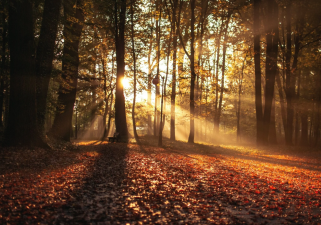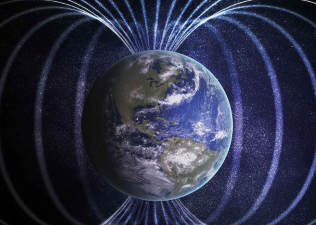The Science Behind Winter Phenomena: Ice, Snow & Aurora
Winter, this season of snow, not only brings cold temperatures and beautiful snowy scenery, but also hides a wealth of fascinating scientific phenomena and knowledge.
As the end of the year approaches, we welcome a season brimming with scientific fascination—winter. Snowflakes drift from the sky, their unique forms and formation processes holding profound scientific mysteries. Meanwhile, our bodies display a unique winter defense mechanism that is both astonishing and full of scientific explanations.
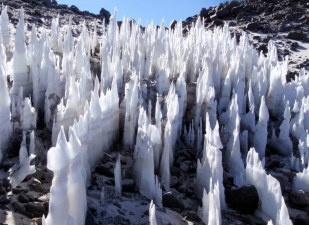
Winter Science from a Physics and Chemistry Perspective
- Physical Properties of Ice:
Thermal Conductivity: Ice has poor thermal conductivity, making it an excellent insulator.
Buoyancy: Ice is less dense than water, so when it freezes, it floats, helping to protect aquatic life from the cold.
- Chemical Composition of Snow:
Composition: Snow is primarily composed of water molecules, but as it falls, it may absorb impurities such as dust and pollen from the air.
Purifying Effect: Snowfall removes pollutants from the atmosphere, improving air quality.
- Static Electricity:
Cause: The dry winter climate creates static electricity when people wear synthetic clothing due to friction.
Application: Static electricity is widely used in industrial production, such as electrostatic dust removal and electrostatic spraying.
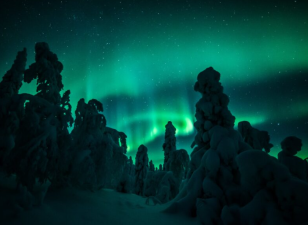
Snowflake Formation and Classification
Snow, a unique winter phenomenon, has a fascinating scientific process. Snowflake formation begins with the condensation and aggregation of ice crystals. Dry snow and wet snow are divided into two categories based on their characteristics. When water vapor in the atmosphere cools, it condenses into tiny ice crystals. These crystals aggregate and fall, becoming the snowflakes we see. Although we often assume that snow only falls below freezing, scientists have confirmed that snow begins to fall quietly below 2°C.
When we admire snowflakes, we notice that each one is unique. What explains their diversity? This is due to the hexagonal structure of ice crystals. During their descent, these ice crystals combine to form the beautiful snowflakes we see. Scientists categorize snowflakes based on their size and appearance: dry snow and wet snow.
- Dry Snow
As the name suggests, dry snow consists of small, dry flakes that remain separate as they fall, rarely clumping together. The powdery nature of this type of snow makes it ideal for snow sports like skiing.
- Wet Snow
Relatively large and moist, it easily clumps together, making it ideal for building snowmen or creating snow sculptures.
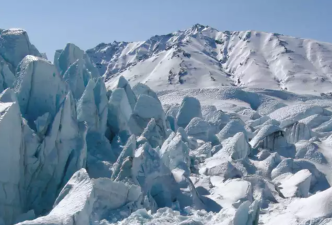
Properties and Applications of Wet Snow
When temperatures rise slightly above freezing, the edges of snowflakes begin to melt, forming wet snow. Formed by melted snowflakes, wet snow easily clumps together, making it suitable for building snowmen, but it also presents a potential traffic hazard. The partially melted and moist nature of this snow allows flakes to cling together, creating larger, heavier clumps. Its slushy texture makes it ideal for building snowmen or engaging in snowball fights.
However, while winter snow fun is enjoyable, people living in snowy areas also face potential risks and challenges. For example, in extreme cases, heavy accumulations of snow can completely cover roads, making travel difficult. Snow also makes roads slippery, increasing the risk of accidents.
Winter Science from a Biological Perspective
- Animal Hibernation:
-Mechanism: Many animals hibernate to cope with food shortages and cold conditions in winter. They lower their body temperature and metabolic rate to reduce energy expenditure.
-Species: Many mammals, including bears, bats, and hedgehogs, hibernate.
- Plant Cold Tolerance:
-Adaptive Strategies: Plants increase their cold tolerance by accumulating sugars and changing cell membrane structure. Some plants also drop their leaves in autumn to reduce energy loss.
-Ecological Significance: Plant cold tolerance is important for maintaining ecosystem stability and diversity.
- Microbial Activity:
-Changes: Despite low winter temperatures, some microorganisms can still survive in ice and snow and carry out minimal metabolic activity.
-Impacts: The activities of these microorganisms may affect water and soil quality, as well as human health.

